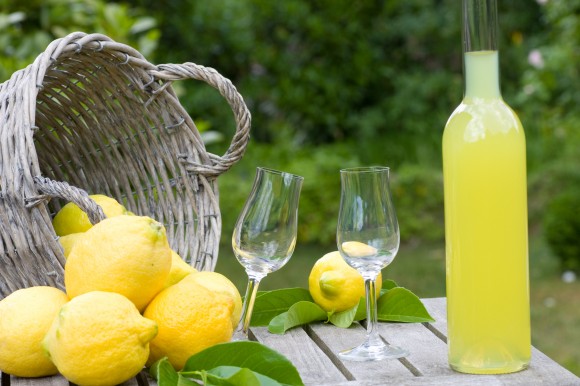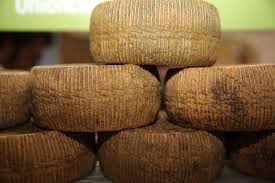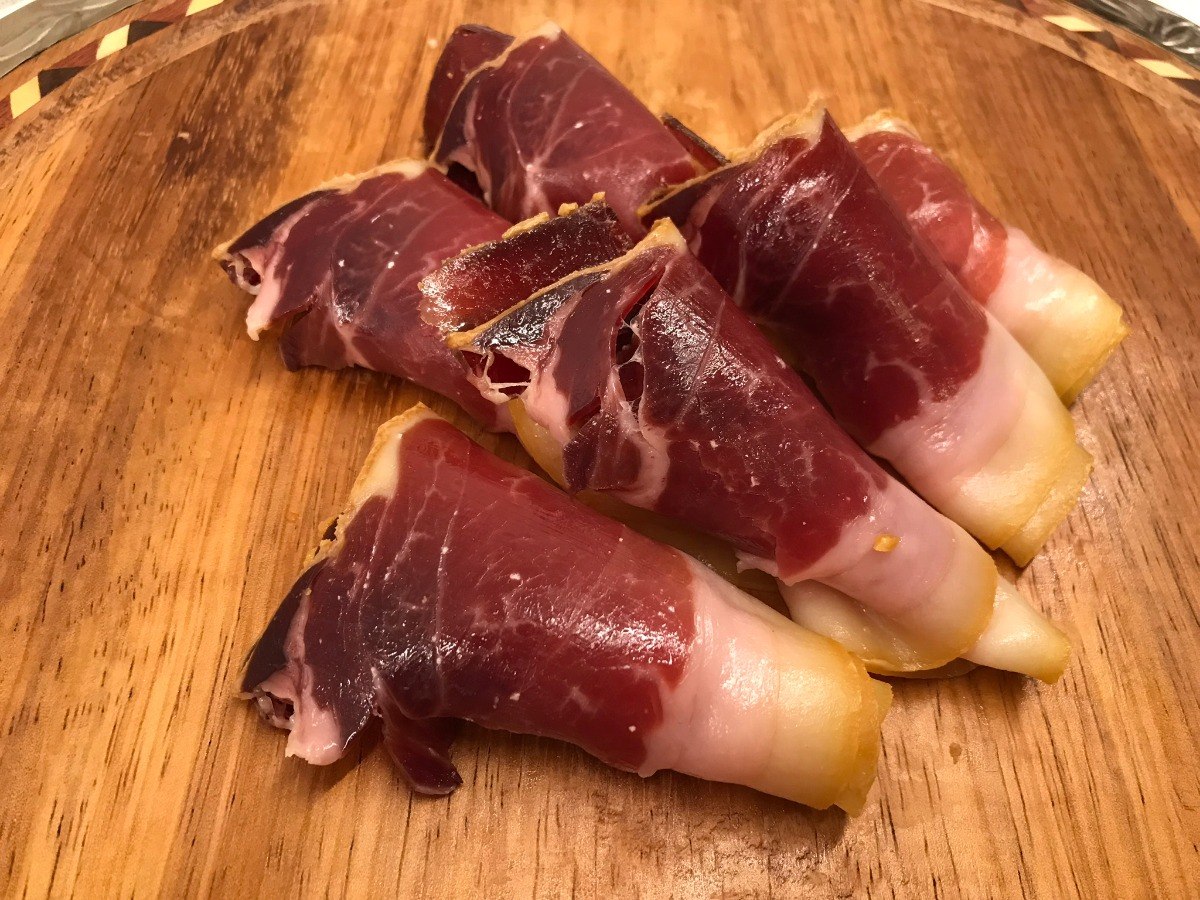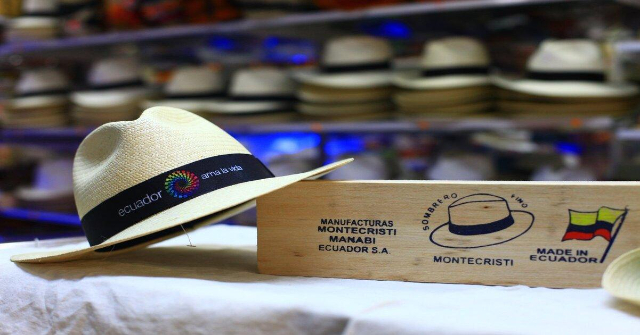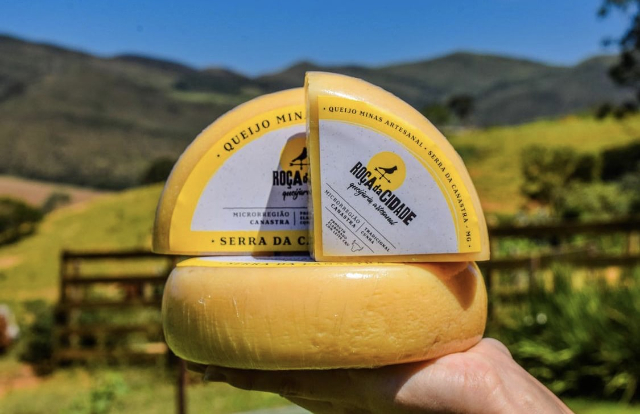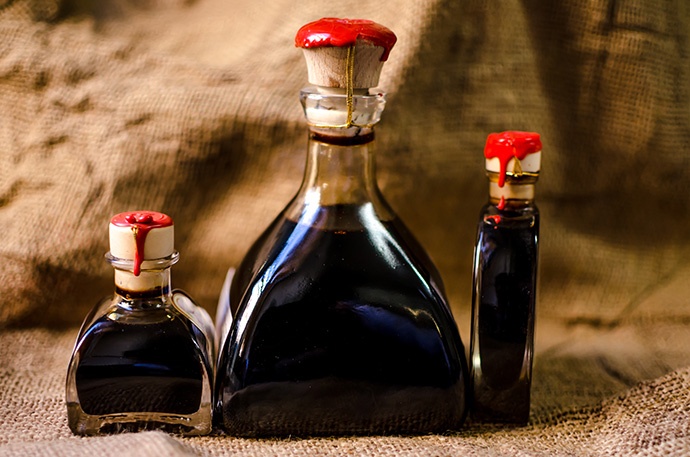The "Limone Costa d’Amalfi" IGP is a product with highly prized and renowned characteristics: the peel is medium thick, particularly light yellow in color, with an intense aroma and fragrance due to the richness of essential oils and terpenes (a character considered valuable for the production of lemon liqueur). The flesh is juicy and moderately acidic, with little seeds. It is also a medium to large lemon (at least 100 grams per fruit).
Recent studies by the University of Naples Federico II have learned that this variety of lemon is among the richest in ascorbic acid, the well-known vitamin C. The "Amalfi Coast Lemon" IGP is considered, commercially, a product of excellence, both for the fresh market and for the production of the famous "limoncello," which here as in Sorrento and Capri has found its area of choice.
The typical cultivation on terraces, along the steep slopes of the Coast, with the coverage of the plants through the very famous "pagliarelle" (today replaced by the more practical shading nets), contributes to give those unique and valuable characteristics to the "Amalfi Coast Lemon" IGP and to make its mythical "gardens" famous in the world. The harvest takes place several times a year, due to the typical phenomenon in lemons of polymorphism, although the most valuable production is obtained in the spring-summer period, between March and the end of July.
Because of its intense fragrance, thick skin, juicy and semi-sweet pulp and almost no seeds, the "Amalfi Coast Lemon" PGI is widely used in cooking. In the production area it is often served au naturel, prepared in salads. Another typical use of the lemon in the Amalfi area is as a condiment. In fish, in seafood appetizers, in the famous first courses of the area, on meats, the lemon, whole, sliced, or even just as an ingredient, is always present alongside the main dishes. The best chefs in the area have made it the gastronomic attractor par excellence. Some bars in the area even serve "lemon coffee." Of limoncello, an infusion of lemon peels steeped in the purest alcohol, it has been mentioned. But the use of Sfusato amalfitano is not limited to the production of the famous lemon liqueur, but also extends to the confectionery sector, as the unmistakable aroma of this precious fruit is the basis of many local specialties, such as the legendary "Delizie," "babà al limoncello," cakes, profitteroles, chocolates and other typical local sweets.
Historical background
On the Amalfi Coast, the presence of lemon groves in ancient times has been proven by numerous historical documents. It was the Arabs, in the course of their expansion and conquests, who introduced the lemon to Spain and Sicily and from there to Campania. But the real spread of the lemon, in the Amalfi area, came about mainly due to the ascertained need for this fruit following the discovery of its great usefulness in the fight against scurvy, the disease due to vitamin C deficiency, of which citrus fruits are known to be rich. For the Amalfitans, a famous seafaring people, it was crucial to have abundant supplies of this precious fruit on their ships. As early as the 11th century, the Amalfi Republic decreed that there should always be supplies of such fruit on board ships. From 1400 to 1800 there was a very high demand, even from other countries, especially from northern Europe, for Amalfi lemons, precisely because of their use in the fight against scurvy. Matteo Camera writes, in this regard, in 1600, of lemons "…which from Minori were transported by sea to other Italian markets, together with limoncelli and cetrangoli…," a term by which bitter oranges were referred to. So it is that along the Coast, the "lemon gardens," as lemon groves are called in this area, have been growing in number and size over the centuries, through an immense work of man who has recovered to agriculture steep and impervious soils. After 1500 the presence of lemons in the area is reported by several authors, and in a 17th-century text there is even a mention of a "limon amalphitanus," with characteristics very similar to today’s sfusato of the Coast. Finally, there are many documents, including photographic ones, from the 1900s that testify to the intense trades, especially with the Americas, for the shipment, by sea, of considerable consignments of lemons and other citrus fruits produced on the Coast.
Production area
The "Amalfi Coast Lemon" PGI can be found in all the municipalities of the Amalfi Coast, namely: Amalfi, Cetara, Conca dei Marini, Furore, Maiori, Minori, Positano, Praiano, Ravello, Scala, Tramonti, and Vietri sul Mare.
Economic and production data
Currently the Amalfi lemon is cultivated on about 400 ha, with an average annual harvest of about 8 thousand tons. Of note is the growing phenomenon of the abandonment of cultivation or the failure to harvest the fruit, especially those located in the most inaccessible and mountainous areas, for various reasons pertaining in particular to the smallness of farm size and the difficulty of access. The problem of accessibility to the funds, located in the famous "terraces," has always been the main concern of agricultural operators in the area. To propose even today the transportation of fruits in baskets placed on the heads of local women is anachronistic. Many attempts have been made to apply innovative transport models already popular in other areas, such as cable cars and monorails, but the problem has not yet been solved.
The cultivation of lemons plays a fundamental role in the hydrogeological protection of the territory by occupying even the steepest slopes and is a prominent element of the landscape of the Amalfi Coast, referred to by many as the "divine Coast" and which owes its charm also to the beauty and scent of the "lemon gardens." The Protected Geographical Indication has made it possible to enhance and typify this valuable product. It is known and appreciated nationally and internationally, thanks to its renowned quality linked to the peculiar tardiness of its best production, the summer one. On the certification front, in 2003, 230 agricultural enterprises were registered for a total area of registered lemon groves of 39 hectares. The certified production of "Limone Costa d’Amalfi" P.G.I. was, in 2003, 183 tons of fresh lemons. Among the processed products, certainly worth mentioning is "limoncello," the famous elixir typical of the area, which has fueled an important economic spin-off for the entire area. Production certified by Ismecert for 2003 was about 53,000 bottles, equal to 42,300 liters.
